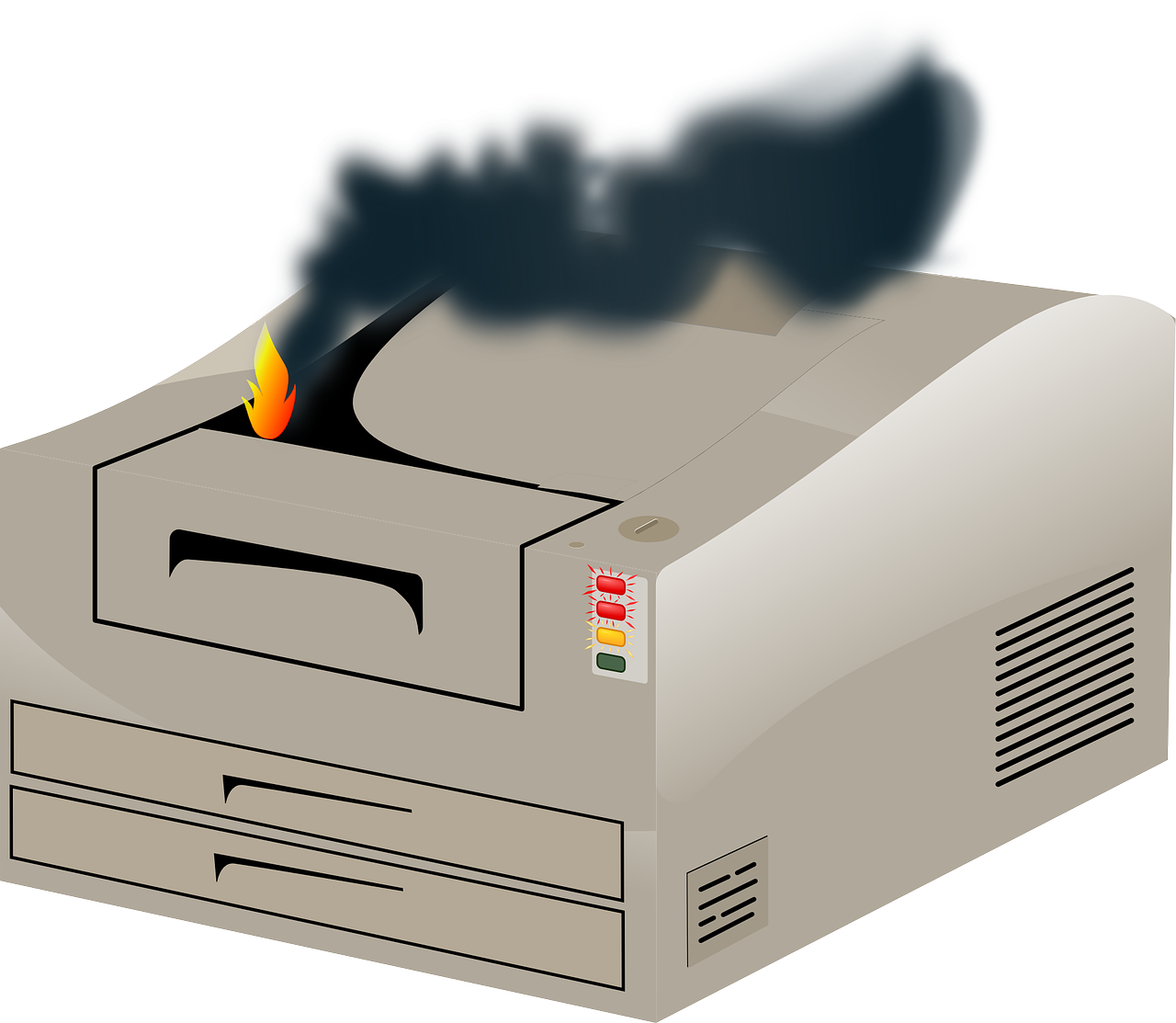In the world of printing, encountering a “printer spooling problem” can be a real headache. When you send a document to your printer, you expect it to smoothly process and print the pages. But what happens when your printer spools endlessly and leaves you with nothing but frustration? In this comprehensive guide, we’ll unravel the mysteries of printer spooling issues in Windows 10 and equip you with the knowledge to resolve them.
Understanding Printer Spooling Problems
What is a Printer Spooling Problem?
- The term “printer spooling” refers to the process of preparing and queuing print jobs on your computer before they’re sent to the printer.
- When a spooling problem occurs, print jobs get stuck in the queue and don’t progress to actual printing.
Why is My Printer Spooling and Not Printing?
- Printer spooling issues can occur due to various reasons, such as corrupted print job files, outdated printer drivers, or conflicts with printer software.
- It can also happen when the print spooler service encounters errors or becomes unresponsive.
How Do I Clear My Spooling?
- Clearing the print spooler queue is a common troubleshooting step. Follow these steps to do it:
- Press
Win + Rto open the Run dialog. - Type “services.msc” and press Enter.
- Locate “Print Spooler” in the Services window.
- Right-click on “Print Spooler” and select “Stop.”
- Navigate to
C:\Windows\System32\spool\PRINTERSand delete all files in this folder. - Go back to the Services window, right-click on “Print Spooler,” and select “Start.”
How Do I Stop My HP Printer from Spooling?
- If you have an HP printer and it’s spooling endlessly, try these steps:
- Cancel all print jobs in the queue.
- Unplug the USB cable from your printer (if connected).
- Restart your computer.
- Plug the USB cable back in and turn on the printer.
- Try printing a test page.
Troubleshooting Steps
To address printer spooling problems effectively, let’s break down the troubleshooting process into clear steps:
Step 1: Check Printer Connectivity
- Ensure that your printer is properly connected to your computer, either through USB or network connections.
Step 2: Clear Print Queue
- Follow the steps mentioned earlier to clear the print spooler queue.
Step 3: Update Printer Drivers
- Outdated or incompatible printer drivers are often the culprits. Download and install the latest drivers from the manufacturer’s website.
Step 4: Use the Printer Troubleshooter
- Windows 10 includes a built-in troubleshooter for printers. Run it to identify and resolve common printer issues.
Step 5: Restart the Print Spooler Service
- If you encounter spooling issues frequently, restarting the print spooler service can help. Follow the steps mentioned earlier in this guide.
Step 6: Check for Software Conflicts
- Sometimes, third-party software can interfere with the print spooler. Temporarily disable or uninstall any recently installed software to see if it resolves the issue.
Step 7: Verify Network Connection
- If your printer is networked, ensure it has a stable connection to your computer and network. Reboot the router and printer if necessary.
Step 8: Print in Batches
- Avoid sending too many large print jobs simultaneously. Print in smaller batches to reduce the load on the spooler.
Step 9: Consider Professional Help
- If all else fails, consider seeking assistance from a professional technician or contacting your printer manufacturer’s support.
Preventing Future Printer Spooling Problems
Now that you’ve resolved your printer spooling issues, let’s explore how to prevent them in the future:
1. Regularly Update Printer Drivers:
- Outdated or incompatible printer drivers are a common cause of spooling problems. Periodically check for and install the latest drivers from your printer manufacturer’s website.
2. Keep Your Operating System Updated:
- Windows 10 updates often include bug fixes and improvements that can help prevent printer spooling issues. Ensure your OS is up-to-date.
3. Use High-Quality and Updated Software:
- Ensure you’re using reliable and up-to-date software when sending print jobs. Outdated or incompatible software can lead to spooling problems.
4. Clear Print Queue Periodically:
- Regularly check and clear the print queue to prevent a buildup of pending print jobs that can cause spooling issues.
5. Avoid Overloading the Printer:
- Avoid sending too many large print jobs simultaneously. Print in smaller batches to reduce the load on the spooler.
6. Implement Proper Printer Maintenance:
- Follow the maintenance recommendations provided by your printer manufacturer, such as cleaning printheads and replacing consumables.
Conclusion
In the world of printing, encountering a “printer spooling problem” is not uncommon. However, armed with the knowledge and solutions provided in this guide, you can troubleshoot and resolve these issues with confidence. Remember that printer spooling problems are often software-related and can be resolved with patience and persistence. By following the steps outlined here and adopting preventive measures, you’ll be back to hassle-free printing in no time.
